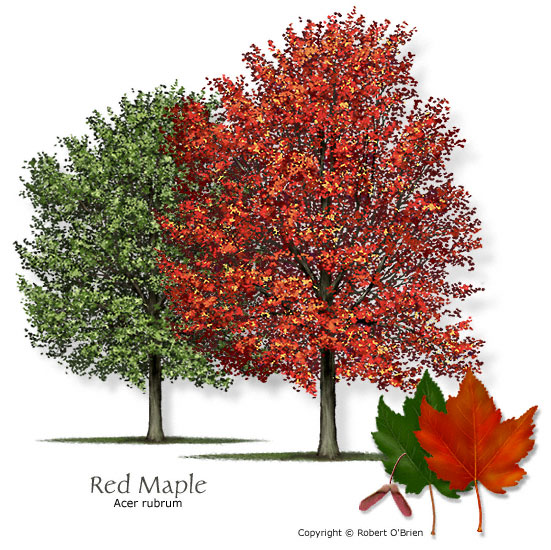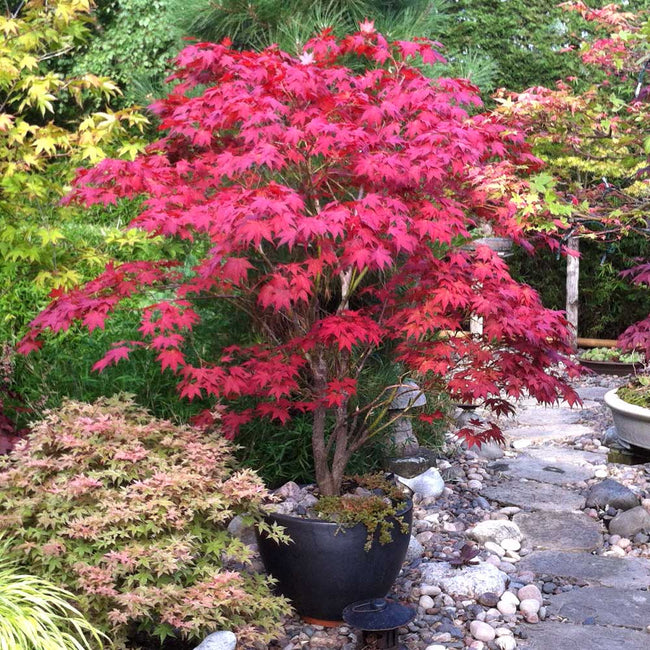
Zones 3-9.Ĭultivars: 'Armstrong', 'Armstrong Gold', 'Autumn Flame', 'Bowhall', 'Brandywine', 'Karpick', 'Northwood', 'October Glory', 'Red Skin', 'Red Sunset', 'Redpointe', 'Scarlet Sentinel'. Has very good fall color, with many cultivars available. Red maple also suffers from chlorosis in high pH soils, though this may be due to manganese deficiency. Doesn't grow as fast as silver maple, but also has weak wood. While a large tree is quite difficult to maintain and requires more attention.

Thanks to its compact size, this maple does not require much space in the garden and this is probably the main reason why people choose it. Once you have planted this maple, you will soon be able to enjoy its foliage. Landscape Use: A medium-sized tree occasionally planted in Utah. Another small advantage is the fast growth rate. Resembles silver maple in some ways, but the smaller, 3-lobed leaf and smaller fruit are distinctive. To attain their maximum growth, Japanese. Japanese maples ultimately attain a mature height of 10 to 20 feet. The growth is not even year to year, and much of the tree's growth comes during its earlier years. That results in an average height of 10 to 15 feet at 15 years old. General: Native to most of the eastern U.S. The average growth rate for the species is about 12 inches per season. Wood: Moderately important sapwood white heartwood light brown growth rings not very distinct diffuse-porous uses similar to silver maple.

Fruit a samara 2 slightly spread wings making a V-shape, 1/2" to 1" long matures in late spring.īark: Smooth and light gray on young stems eventually breaking into long, scaly plates separated by shallow furrows. Terminal bud 1/16" to 1/8" long, red to green, not pointed.įlowers/fruit: Flowers dioecious (some are perfect) red and fairly showy, appearing very early, well before the leaves. Looking to buy Red Maple or Sugar Maple (Hard Maple) Read our side by side comparison to help you determine which tree is right for. Twigs/buds: Twigs slender dark red without a disagreeable odor when crushed. Leaves: Opposite simple 2" to 6" wide and long deciduous typically palmately 3-lobed (rarely 5-lobed) coarsely serrate margin turning scarlet in fall petiole 2" to 4" long.


 0 kommentar(er)
0 kommentar(er)
